English to Arabic translation Services
for Arab markets
Scale your business across Arabic-speaking markets with AI-powered English to Arabic translation that handles Modern Standard Arabic (MSA) and regional dialects. From software interfaces to legal documents, Transifex delivers native-quality Arabic localization aligned to your brand voice across all 26 Arabic-speaking countries.
Book your 30-min demo

Book your 30-min demo

Reach 420+ million Arabic speakers with automated localization
Arabic is one of the most spoken languages globally and the official language of 26 countries across the MENA region. Whether you're targeting Saudi Arabia's $833 billion economy, Egypt's 109 million consumers, or the UAE's thriving tech sector, quality English-to-Arabic translation directly impacts your market penetration and revenue growth in Arabic-speaking markets.
Why English to Arabic translation requires linguistic precision
Converting English to Arabic requires handling Right-to-left script, unique cultural nuances, and regional differences that affect how your message resonates in Arabic markets.
Here's what makes professional Arabic translation challenging:
Complex RTL script and typography
Arabic’s right-to-left script requires full UI and UX redesign, with proper encoding and bidirectional text support. Its 28 letters change form based on position, while diacritical marks are vital for accuracy in formal or religious texts. Typography also brings challenges in font choice and spacing.
Modern Standard Arabic vs regional dialects
Modern Standard Arabic (MSA) is used in business, media, and education across Arab countries, but dialects vary widely. Egyptian Arabic is widely understood through media, Gulf Arabic dominates petroleum-rich markets, and Maghrebi Arabic in North Africa differs enough to need specialized expertise.
Cultural adaptation requirements
Arabic business culture emphasizes respect and relationship-building, with many consumers preferring formal communication. Islamic values strongly influence marketing, imagery, and practices. Gender-sensitive language requirements differ by country, and cultural references must align with local customs and religious norms.
Technical localization hurdles
Arabic translations can be 25 percent longer than English, creating layout issues. Unicode UTF-8 is essential for correct rendering, and both Gregorian and Hijri calendars are used in business. Legal compliance also varies across Arabic-speaking countries, requiring careful adaptation of contracts and policies.

Transifex is loved by leading organizations worldwide
English to Arabic translation at enterprise scale with Transifex
Whether you manage localization projects, develop software, or run marketing campaigns targeting Arabic-speaking markets, Transifex streamlines your English to Arabic translation workflow without compromising quality or cultural authenticity.
Here's what makes the difference:
AI tailored to Arabic language complexity
Transifex AI recognizes Modern Standard Arabic (ar) and regional variants following ISO 639-1 and BCP 47 standards. The system automatically adapts vocabulary, formality levels, and cultural references based on your target market—using appropriate MSA for business communications while adapting to regional dialects for consumer marketing automatically.
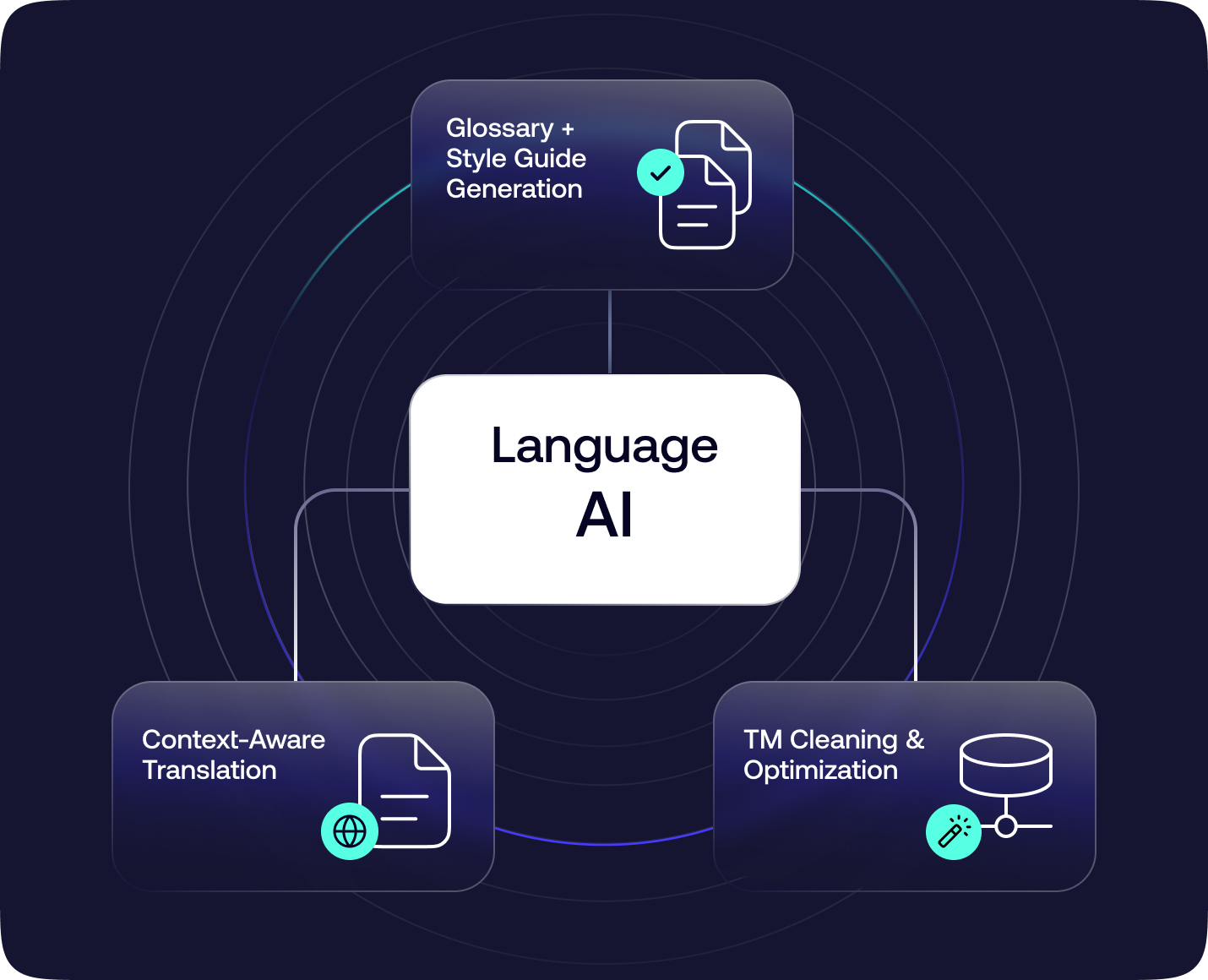
RTL-ready translation memory
Every approved Arabic translation builds your terminology database using ISO/IEC 15897 standards for locale handling. When you translate "customer support" once as "دعم العملاء," the system suggests it consistently across all Arabic variants while respecting regional differences. Fuzzy matching identifies similar Arabic root patterns to accelerate translations while maintaining linguistic consistency.
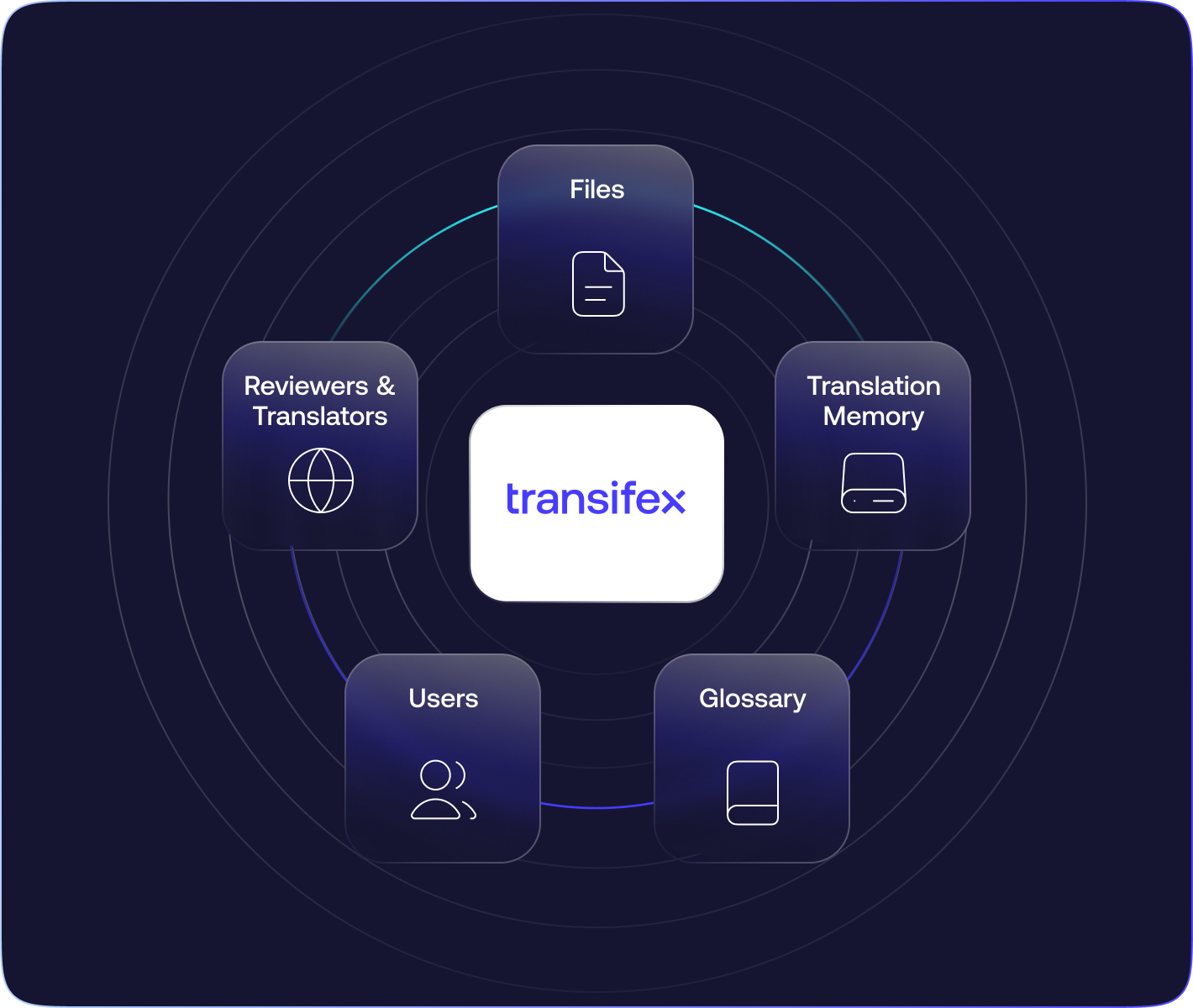
Quality scores you can trust
TQI (Translation Quality Index) automatically evaluates every Arabic translation using three metrics: consistency across language models, structural integrity preserving HTML tags and RTL formatting, and semantic accuracy. Set thresholds to auto-approve high-quality translations (85%+) while flagging complex Arabic grammar issues for human review.
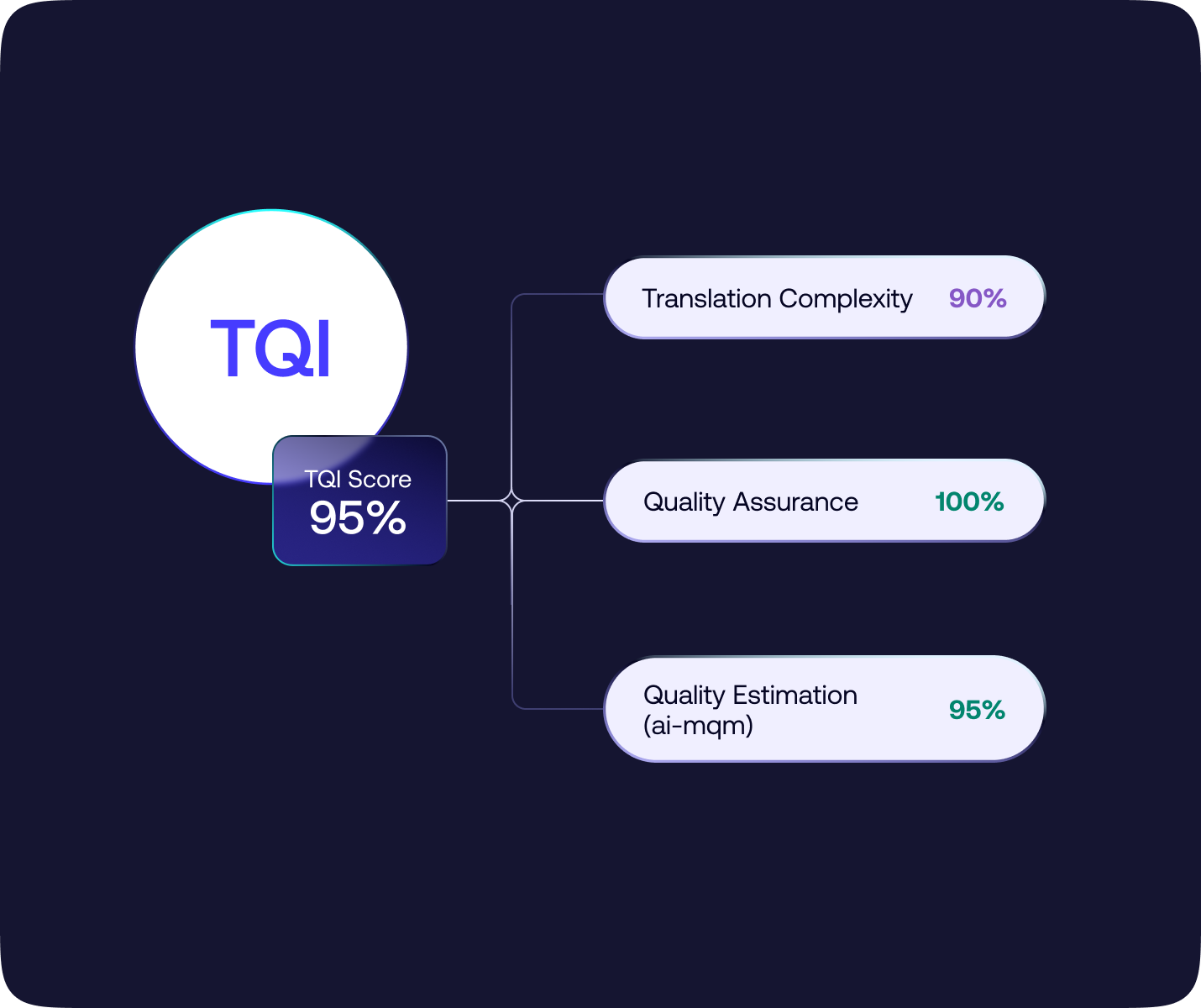
Live website translation with RTL support
Install one JavaScript snippet and translate your website directly in the browser with automatic RTL layout conversion. See exactly how Arabic text affects buttons, menus, and content areas in real-time. Changes go live immediately without developer involvement—perfect for marketing campaigns targeting Arabic-speaking markets across the MENA region.
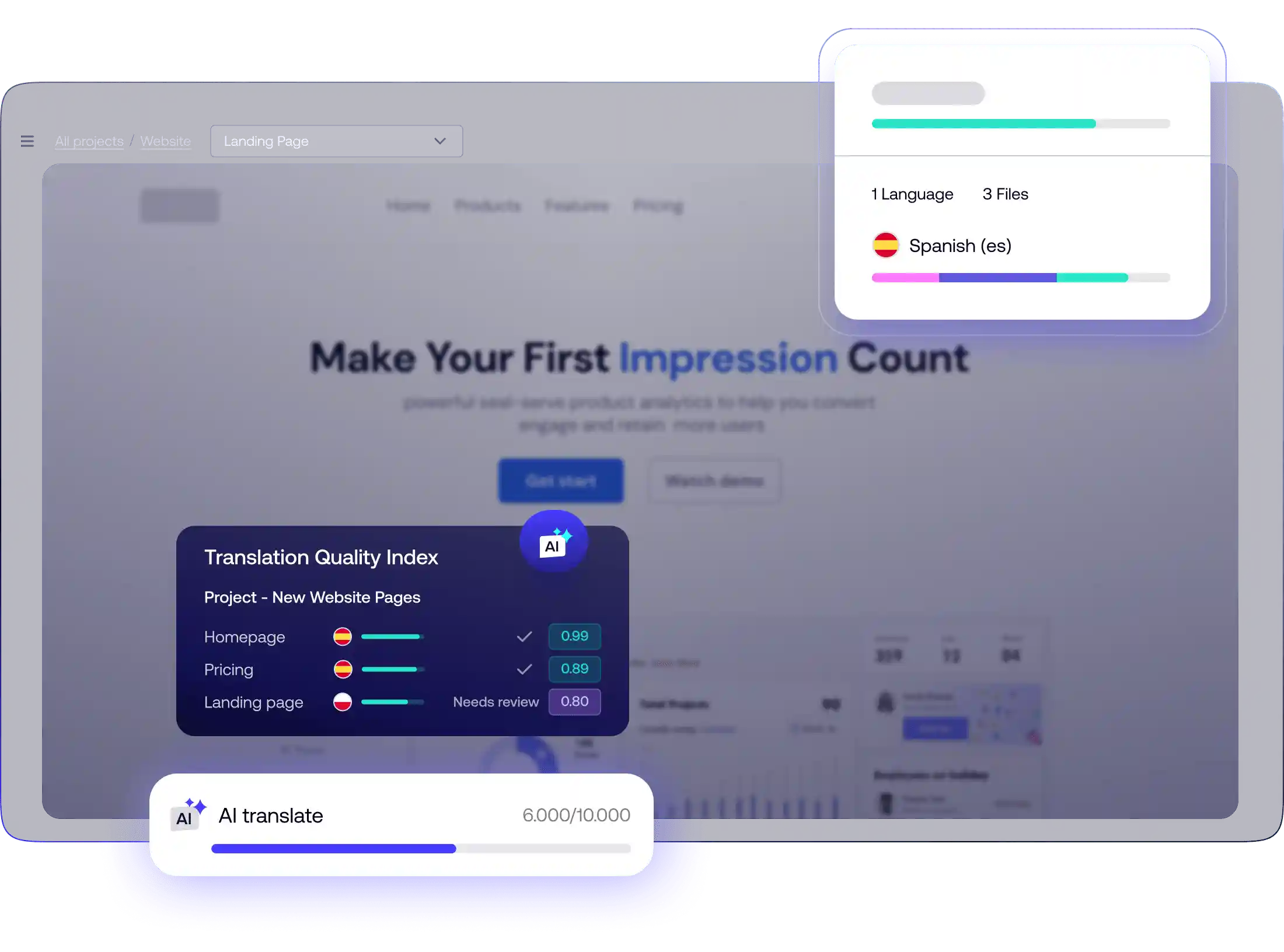




AI translation that overcomes linguistic complexity
Transifex supports over 450 language locales following ISO 639-1 standards, including distinct Arabic variants like ar_SA (Saudi Arabia), ar_EG (Egypt), ar_AE (UAE), and ar_MA (Morocco). The AI recognizes when to use "حاسوب" vs "كمبيوتر" for computer, or appropriate formality levels depending on your specific Arabic market.
Transifex features designed for localization excellence:
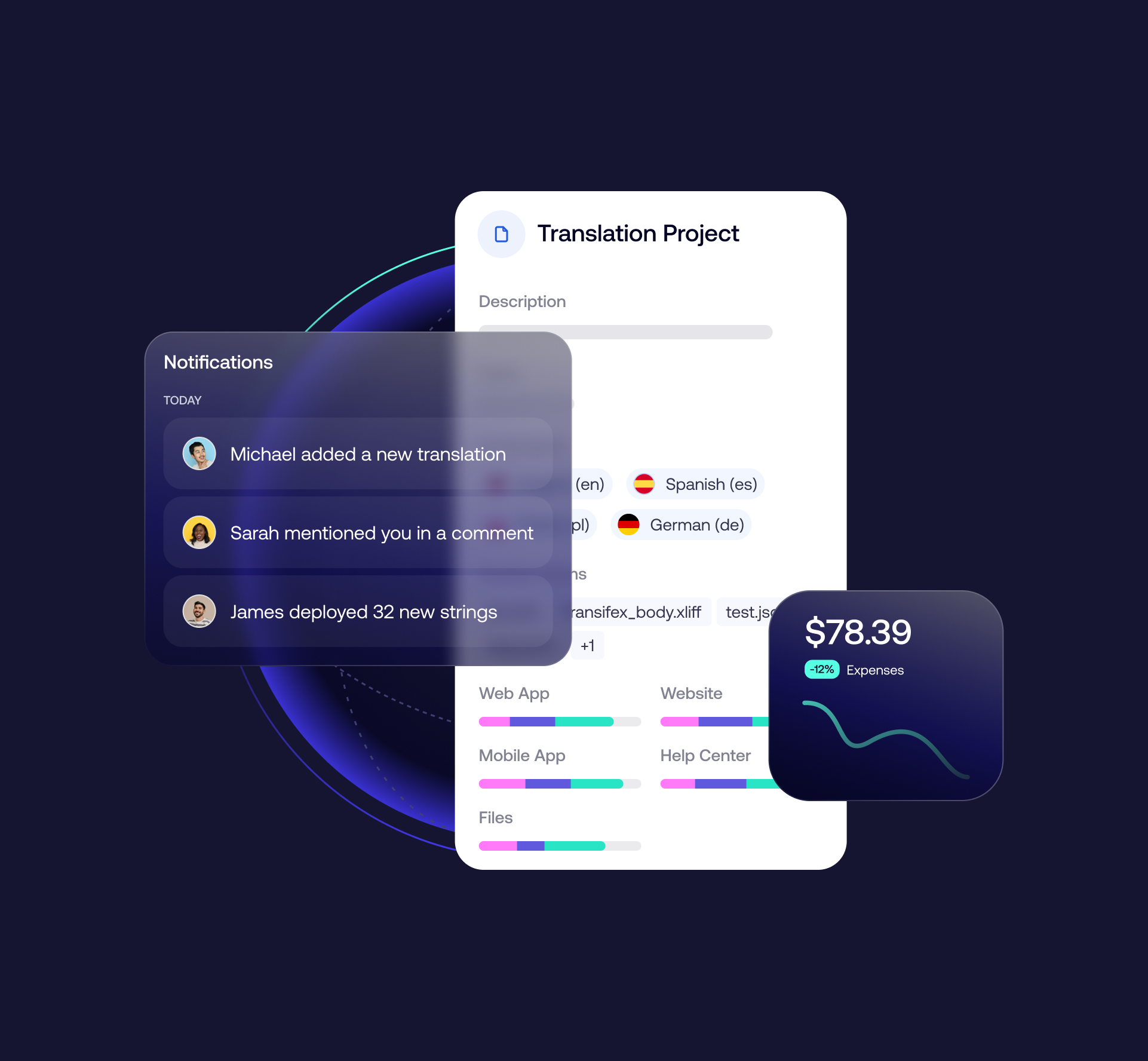
Complete project management
Set up automated workflows for Arabic translation projects using Unicode CLDR data for proper pluralization handling and RTL script support. Configure TM fill-up to instantly apply 100% matches from your Arabic translation memory. Enable AI fill-up to translate new content automatically while respecting Arabic grammar complexity and cultural conventions. Assign roles to certified Arabic translators, reviewers, and project managers with appropriate permissions for different Arabic-speaking markets.
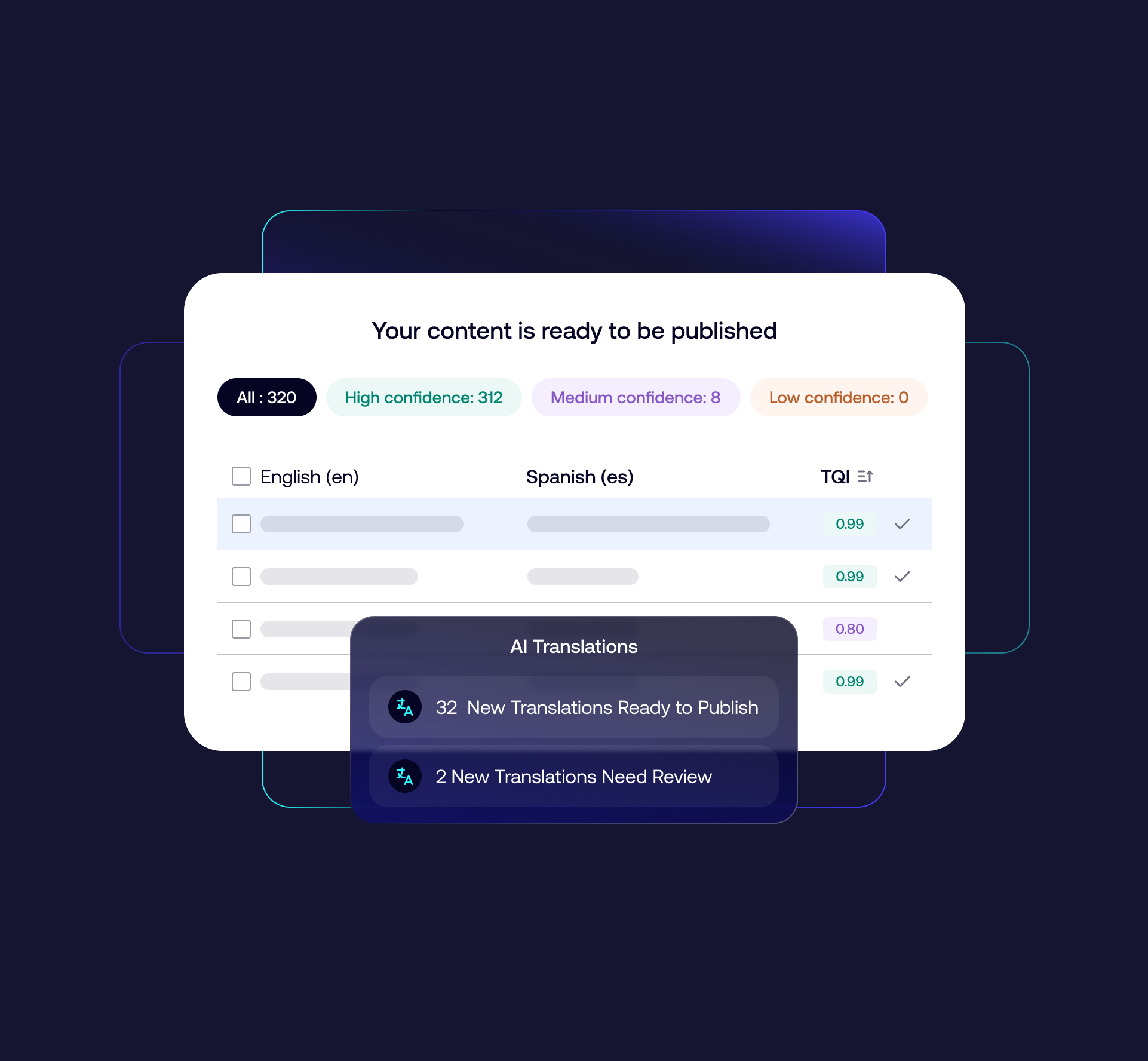
Context-aware AI translation
The system analyzes your Arabic glossary for consistent terminology, references high-similarity translation memory entries, and follows your Arabic style guide instructions. Whether you need formal MSA for legal documents or conversational Arabic for social media, the AI adapts accordingly while maintaining brand consistency across Arabic-speaking regions.
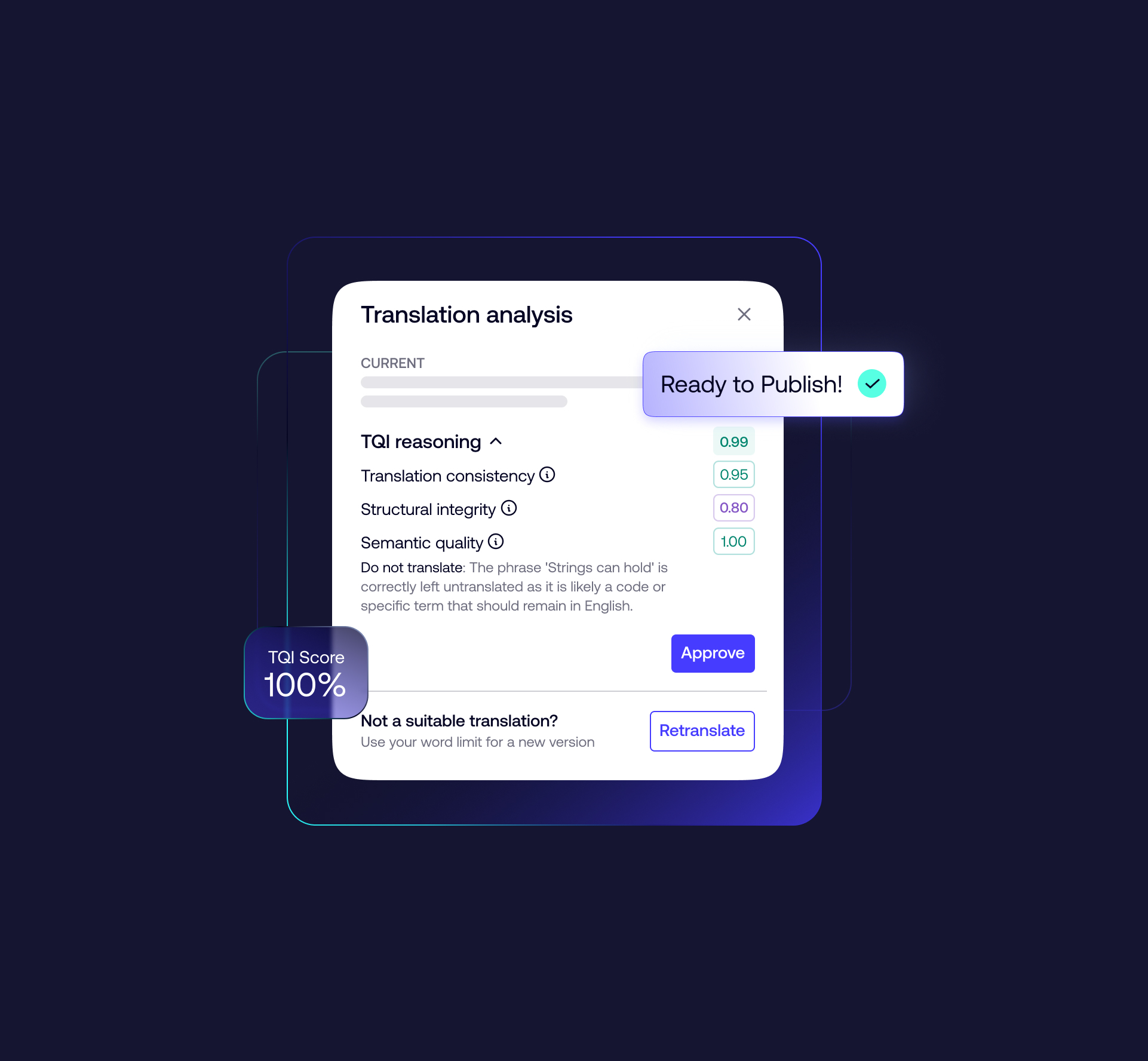
Automated quality control
TQI identifies specific issues like Arabic grammar inconsistencies, RTL formatting errors, or cultural appropriateness concerns for different Arabic markets. Configure workflows to auto-approve high-scoring translations (85%+), route medium-scoring content for quick review by native Arabic speakers, and flag low-scoring translations for comprehensive revision. Track quality trends to improve future Arabic translations.
Built for product, marketing, and localization teams alike
Localization Managers
More efficiency, more localized Arabic content
Localize more Arabic content with less effort on an all-in-one platform. Bring all stakeholders together, streamline collaboration, and deliver authentic, on-brand Arabic translations efficiently for every MENA market while maintaining ISO 17100:2015 quality standards.
Marketing Managers
Launch Arabic campaigns faster
Create localized Arabic content that matches your brand voice across Saudi Arabia, Egypt, UAE, and other Arabic markets. With context-aware translations, marketing teams can move fast, stay consistent, and never miss a campaign window targeting Arabic-speaking audiences—no dev help required.
Developers
Arabic localization built for agile teams
Take Arabic localization off your backlog with a platform built for high-frequency content updates. Seamlessly integrate into your CI/CD workflow using our extensive API, SDKs, and CLI tools with full ISO standard compliance for Arabic locale handling and RTL script support.
Product Teams
Launch MENA-ready products faster
Accelerate product launches with automated Arabic localization. Integrate seamlessly into your development workflow and ensure your applications speak native Arabic from day one with proper locale handling for Arabic-speaking regions.
The only localization platform with native support for over 46 different content types
Translate any type of English content into Arabic—no conversions or plugins needed.
Web and
mobile UI
YAML (.yaml/.yml), JSON (including structured JSON), Gettext PO/POT, Android XML, Apple .strings / .stringsdict—supports Arabic RTL layout and character encoding automatically.
Technical documentation
Markdown (.md / .mdx), Wiki markup (.wiki), XLIFF (.xliff/.xlf/.xml)—perfect for Arabic technical manuals and software documentation.
Marketing
assets
PowerPoint (.pptx), HTML / XHTML, Landing pages—handles Arabic cultural adaptation and RTL formatting automatically.
Fileless (API-based content)
Phrase-based localization from APIs, Figma plugin, HubSpot—uses ICU syntax, supports Arabic metadata, and exports as JSON or XLIFF.
Business and legal documents
Microsoft Word (.docx), Excel (.xlsx/.xlsm/.xltx/.xltm), PDF (via conversion)—ideal for Arabic legal compliance and USCIS document requirements.
Subtitles and video captions
SubRip (.srt), SubViewer (.sub), YouTube captions (.sbv), WebVTT (.vtt)—translated in-context with built-in editor preview for Arabic voice-over projects.

Scale Arabic localization with Transifex
Transifex helps you translate English to Arabic with speed, precision, and automation—all while maintaining brand consistency and cutting manual work.
Launch new content, reach Arabic-speaking markets, and scale your multilingual strategy with confidence across the $3.56 trillion Arabic economy and 420+ million global Arabic speakers.
Frequently asked English to Arabic questions
Still got questions? Talk with the Transifex team to see how you can improve the quality of your Arabic translations and save money.
How many people speak Arabic globally?
Arabic is spoken by 420+ million people worldwide, making it the 5th most spoken language globally. It's the official language in 26 countries across the MENA region, with Egypt having the largest Arabic-speaking population at 109 million speakers.
What's the difference between MSA and Arabic dialects?
Modern Standard Arabic (MSA) is the formal variety used in media, education, and business across all Arab countries. Regional dialects like Egyptian, Gulf, and Maghrebi Arabic are used in daily conversation but vary significantly between countries.
Why is Arabic important for business expansion?
Arabic provides access to a $3.56 trillion economy across 26 countries in the MENA region. The Arab world controls two-thirds of global oil reserves and represents rapidly growing markets in technology, finance, and construction sectors.
How does Transifex handle Arabic RTL text and encoding?
Transifex AI uses Unicode UTF-8 standards with full RTL support and understands Arabic script complexity. The platform automatically handles bidirectional text, proper Arabic encoding, and provides TQI quality scoring calibrated for Arabic language requirements.
What industries benefit most from English to Arabic translation?
Energy, finance, technology, healthcare, and legal services see significant benefits from Arabic localization. The MENA region's economic growth creates opportunities across software localization, technical documentation, and business communications.
Can Transifex handle certified Arabic translations for official use?
Transifex supports professional Arabic translation workflows meeting ISO 17100:2015 standards. Our platform enables certified Arabic translators to work with USCIS documents, legal contracts, and business materials while maintaining accuracy for regulatory compliance.
How long does English to Arabic translation take with Transifex?
Translation speed depends on content volume and complexity. Transifex AI provides instant Arabic translations with TQI quality scoring, while human review processes can be automated based on quality thresholds. Most projects see 70% faster completion times compared to traditional workflows.
Learn more about scaling your software localization efforts
Software localization is more than the translation of your product UI. Different language settings, plural forms, frameworks used and visual relevancy factors are only a few other things to consider.





